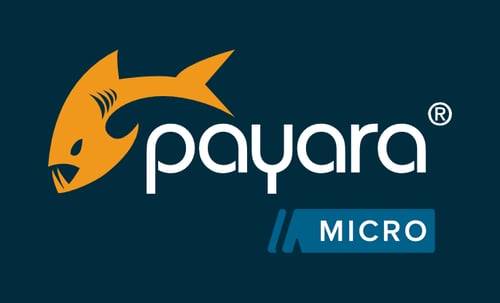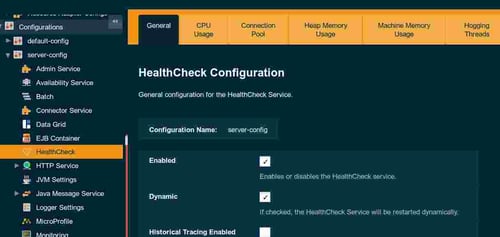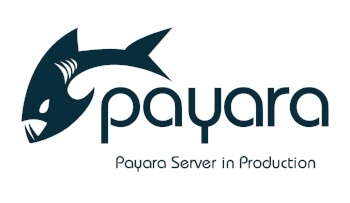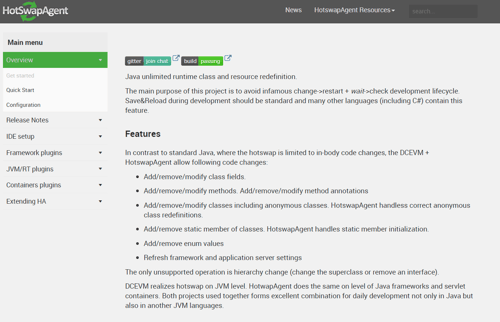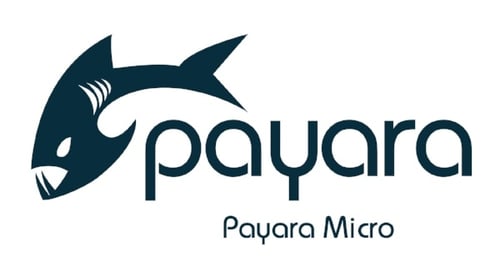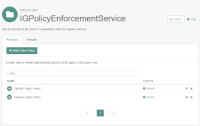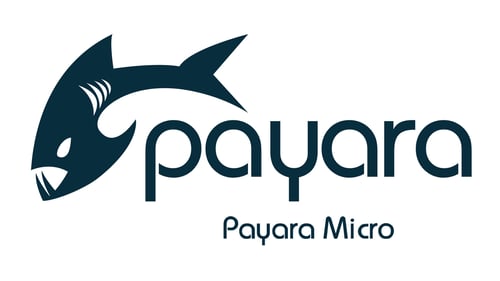Posts tagged DevOps (3)
Payara Micro 5によるUber JARの作成
Published on 18 May 2021
by Fabio Turizo
Topics:
What's New,
Maven,
Payara Micro,
Microservices,
Docker,
Uber JAR,
DevOps,
Japanese language
|
0 Comments
Payara Microでは、Webアプリケーションを自己完結型で簡単に実行することができます。2016年5月のPayara Serverリリースからは、WARファイルの内容とPayara Microを構成するクラスやリソースを束ねる “Uber JAR” を作成する簡単な方法があります。
この “Uber” Jarは、Dockerコンテナ内でアプリケーションを実行するための最良の方法ではないことに注意してください。アプリケーションに小さなコード変更を加えるたびに、バイナリ全体のアップデートが必要になるためです。より良い方法は、Payara Microインスタンスを起動して、インストールが必要なアプリケーションを指定することです。詳細については Payara Micro Docker Image documentation をご覧ください。
(最終更新日 2021/04/06)
How Using the Payara Platform in the Cloud Impacts DevOps
Published on 14 Nov 2019
by Fabio Turizo
Topics:
DevOps,
Cloud-native
|
0 Comments
At Payara Services, we have long been advocates of the benefits of using DevOps practices not only in the development of our products (like Payara Server & Payara Micro), but also in the core of our expert advice to our user base with our blog containing arguments for using DevOps practices, details of DevOps tools and new developments that benefit it.
The Health Check Service In-Depth - Payara Server 5
Published on 16 Oct 2019
by Ondro Mihályi
Topics:
What's New,
Ops Teams,
How-to,
Healthcheck,
Security,
DevOps,
Monitoring,
Payara Server 5,
Notifier
|
4 Comments
This is an updated blog of the original which was published in May 2016
Payara Server provides the Health Check Service for automatic self-monitoring in order to detect future problems as soon as possible. When enabled, the Health Check Service periodically checks some low level metrics. Whenever it detects that a threshold is not met, it triggers alert notifications that allow to detect undesired behavior and predict possible failures. All of these automatic checks are very lightweight and run with a negligible impact on performance.
Automating Production in Payara Server 5
Published on 14 May 2018
by Mike Croft
Topics:
Production Features,
Docker,
DevOps,
Payara Platform 5,
Payara Server
|
1 Comment
Back in 2016, we wrote about the importance of automation in taking applications from development to production with Payara Server. Since then, there have been a lot of changes both in Payara Server and Payara Micro and the wider tech landscape.
Using HotswapAgent to Speed up Development
Published on 18 Oct 2017
by Ondro Mihályi
Topics:
How-to,
NetBeans,
JVM,
DevOps
|
15 Comments
As a Java EE developer, I sometimes envy how fast it’s possible to see the result of a code change in a running application with interpreted languages like PHP or JavaScript. With Java, it’s always necessary to rebuild the source code in bytecode, which can be then safely updated only by restarting the whole application. And all developers know that restoring the desired state of the application after a fresh restart takes time and is tedious.
Deploying Data Source Configuration
Published on 14 Jun 2017
by Arjan Tijms
Topics:
Java EE,
Maven,
Payara Micro,
Microservices,
CLI,
DevOps,
Developer
|
4 Comments
Since Java EE 6 it's possible to define data sources in a portable way.
This does mean though that the data source is embedded in the application archive. For some use cases, this is exactly what's needed, but for others it may not be ideal.
Ondrej Mihalyi for TechTarget - Reactive Programming & Java EE
Published on 19 Dec 2016
by Dominika Tasarz
Topics:
Java EE,
How-to,
DevOps
|
0 Comments
ForgeRock Integration with Payara Server - Part 2: Access, Deploy & Test
Published on 22 Jul 2016
by Fabio Turizo
Topics:
How-to,
DevOps
|
0 Comments
Click here to see part 1 (Installation)
Access Configuration
Now that the ForgeRock tools have been installed, we will configure them with some basic access configuration. First, proceed to login to the OpenAM application (context /openam) with the amadmin user, and the application will show you the current realm configuration for your domain:
ForgeRock Integration with Payara Server - Part 1: Installation
Published on 14 Jul 2016
by Fabio Turizo
Topics:
How-to,
DevOps
|
2 Comments
Click here to see Part 2 (Access, Deploy & Test)
Introduction
Today, one of the most important concerns for enterprise applications is to implement robust security mechanisms that allow developers and operation staff to easily integrate applications in a stable infrastructure and allow their users to interact with them in a seamless way. While many developers prefer to implement their own security mechanisms or use third-party libraries, a good alternative is to use already established products that handle authentication, authorization, confidentiality, identity, and entitlement on behalf of already developed applications.
Creating Uber JAR with Payara Micro 5
Published on 21 Jun 2016
by Fabio Turizo
Topics:
What's New,
Maven,
Payara Micro,
Microservices,
Docker,
Uber JAR,
DevOps
|
5 Comments
Payara Micro allows you to run web applications in a self-contained and easy way. Since the release of the Payara Server in May 2016, there is a simple way to generate an "Uber" JAR that bundles the contents of a WAR file and the classes and resources that compose Payara Micro!
Note that this "Uber" Jar is not the best way to run your application in a Docker container as it requires an update of the entire binary for each small code change you make in the application. A better solution is just to start a Payara Micro Instance and point to the application that needs to be installed. More information can be found on our Payara Micro Docker Image documentation.
(last updated 06/04/2021)
